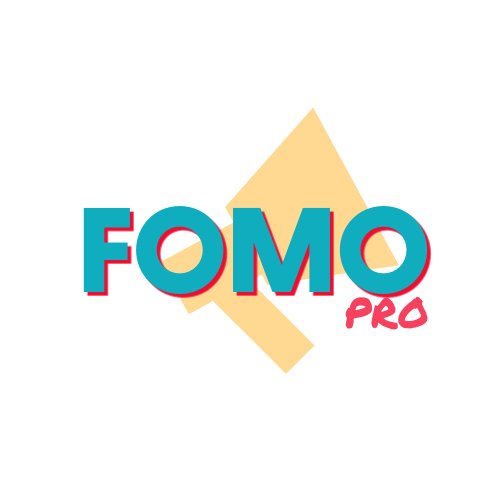De-Influencing
Let's talk about 'De-Influencing'.
Brands can have collabs with talent which just isn't the right fit and feels forced and not genuine. We've all seen them, right?
We trust influencers that we follow and aspire to be like, however recently, popular creator Mikayla Nogueira was accused of wearing false eyelashes in a sponsored video promoting L’Oréal mascara #MascaraGate. Leaving followers wondering if they can trust the opinions of influencers.
So does that mean influencer marketing is no longer going to work for brands? Absolutely not!
The key to harnessing the power of word of mouth and amplifying it on social media is to match talent with brands based on a number of factors, including but not limited to:
Demographic - Audience age, gender, location, interests, etc. Just because the influencer is a woman in her 20s, doesn't mean her followers are 👀
Authenticity if followers - Minimise the risk of fake followers, we look to see for unusual spikes and location of followers for example
Engagement rate - It's great to have 100,000 followers but if people aren't engaging in their own content, it's likely that won't be able to influence their audience either
Quantity of collabs - Your brand needs to be praised and shouted from the rooftops, not lost in a sea of other collabs. We don't have 'Best performers' because those influencers are constantly working with everyone. We have the best influencers for you to collab with long term with non-competes in place.
So, although de-influencing is about promoting 'Buy this, not that' it's not a bad thing our my view.
It's the industry taking stock and making influencer marketing even more trusted than before through authentic, storytelling endorsements.
